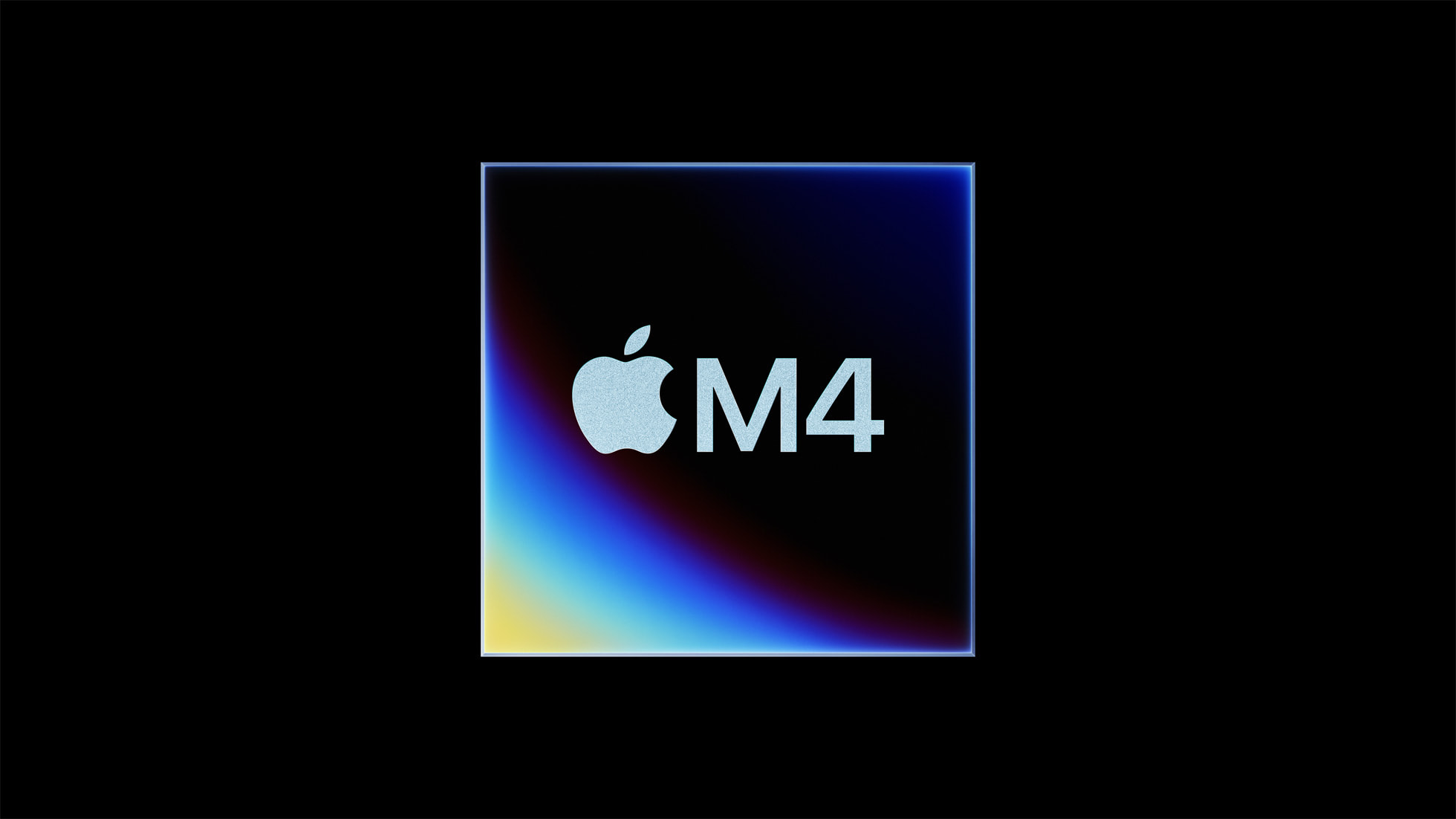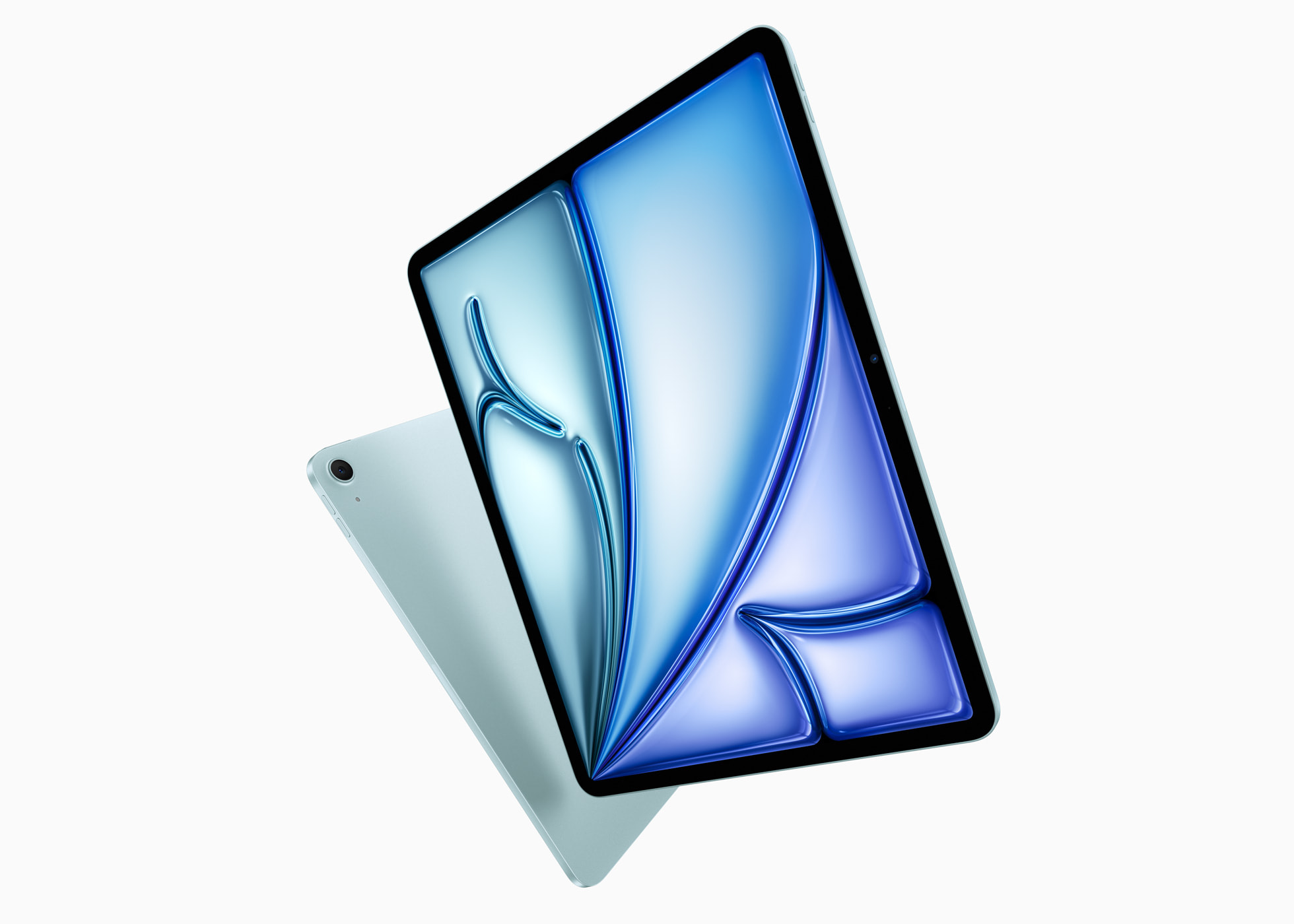Apple ‘Let Loose’ Event Updates iPad Air, iPad Pro, Accessories

Updates arrive for two iPad models (iPad Air and iPad Pro) as well as some accessories, but puzzles still remain
Apple’s CEO Tim Cook on Tuesday evening at the ‘Let Loose’ launch event made a bold claim that this was “the biggest day for iPad since its introduction” – a claim that raised a more than a few eyebrows in the tech community.
What Apple actually delivered were updates to its iPad Air models (including a larger 13 inch version), thinner iPad Pro models that boasted the new M4 processor (not that it needed more power) and a dual OLED display (dubbed ‘Tandem OLED’) for a brighter, more vibrant display screen.
Apple also threw in a new Apple Pencil Pro; a new Magic keyboard; a lower starting price for the entry-level (10th gen) iPad; plus some updates to Apple’s creative suites.

Image credit Apple.
Portfolio challenges
There was no update for the iPad Mini, and some of Apple’s announcements continued to puzzle industry observers.
Indeed, Apple’s iPad portfolio has been criticised for being overly cluttered and confusing, coupled with ongoing frustration at the limited capabilities of iPadOS considering the power of Apple’s inhouse processors.
Apple’s ‘Let Loose’ event did not reveal much about its AI intentions, although the M4 SoC is built using second-generation 3-nanometer technology and features up to 10 cores (this is for only the top tier of iPad Pro models).

Image credit Apple
The new chip does boast the fastest Neural Engine ever, capable of up to 38 trillion operations per second.
But the event also revealed no update to iPadOS; no ProMotion for the iPad Air, and Apple continued with a 12MP rear camera for the iPad Air and Pro, while the Pro models also lost their rear ultra-wide camera.
This comes amid a backdrop of Apple’s second quarter results last week, had revealed a troubling sales decline of its iPhone handsets in nearly all global markets, while iPad sales declined to $5.6bn from $6.7bn.
iPad Air
The iPad Air model has been updated to included the M2 chip, and the devices come in two sizes, namely a 11-inch and an all-new 13-inch iPad Air. Starting storage models have increased from 64GB to 128GB.

Image credit Apple.
The front-facing ultra wide 12MP camera with Centre Stage is now located along the landscape edge of iPad Air – finally addressing a long-standing user complaint for video calls.
The models do offer two landscape speakers with Spatial Audio (the 13 inch offers more bass), a Liquid Retina display that is still limited to 60Hz due to no ProMotion, and support for Apple Pencil Pro, Apple Pencil (USB-C), and Magic Keyboard.
“So many users – from students, to content creators, to small businesses, and more – love iPad Air for its performance, portability, and versatility, all at an affordable price,” said Bob Borchers, VP of Product Marketing. “Today, iPad Air gets even better. We’re so excited to introduce the redesigned 11-inch and all-new 13-inch iPad Air, offering two sizes for the first time.”
The new iPad Air is available in new blue and purple finishes, along with starlight and space grey. The 11-inch iPad Air still starts at just £599, and the 13-inch iPad Air starts at £749.
The iPad Air can be ordered now, with availability beginning Wednesday 15 May.
iPad Pro
The biggest changes however were to the flagship iPad Pro, namely the 13-inch and 11-inch models, which are notably thinner and lighter than the previous generation.
Indeed, these are now the thinnest Apple product ever (thinner even than the iPod Nano). The 11-inch model is just 5.3 mm thin, and the 13-inch model is even thinner at 5.1 mm, while Apple said both models are just as strong as the previous design, hoping to avoid another bendgate saga no doubt.

Image credit Apple
Thermal performance has been improved and the 11-inch model weighs less than a pound (0.45kgs).
Another major change is the Ultra Retina XDR display that features tandem OLED technology that uses two OLED panels and combines the light from both to provide full-screen brightness. The new iPad Pro supports 1000 nits of full-screen brightness, and 1600 nits peak.
Under the hood, Apple opted not to include the M3 chip, but rather jumped straight to the M4 processor, that delivers a leap in performance and capabilities that iPadOS in its current form, cannot fully exploit.
“iPad Pro empowers a broad set of pros and is perfect for anyone who wants the ultimate iPad experience – with its combination of the world’s best displays, extraordinary performance of our latest M-series chips, and advanced accessories – all in a portable design,” said John Ternus, Apple’s seniorVP of Hardware Engineering. “Today, we’re taking it even further with the new, stunningly thin and light iPad Pro, our biggest update ever to iPad Pro.”
On the front, the TrueDepth camera system has also been moved to the landscape location, and a new thinner and lighter Magic Keyboard (featuring function keys, larger trackpad and aluminium palm rest) has been designed for the new iPad Pro.
The new 11-inch Magic Keyboard is available for £299 and the new 13-inch Magic Keyboard is available for £349.
A new Apple Pencil Pro is compatible with the new iPad Pro and is available for £129.
The new iPad Pro is available in two finishes — silver and space black — both with 100 percent recycled aluminium enclosures. They are available in 256GB, 512GB, 1TB, and 2TB configurations.
The 11-inch iPad Pro starts at £999 for the Wi-Fi model, and £1,199 for the Wi-Fi + Cellular model.
The 13-inch iPad Pro starts at £1,299 for the Wi-Fi model, and £1,499 for the Wi-Fi + Cellular model.
A nano-texture glass option (to reduce glare) is available for an extra £100.